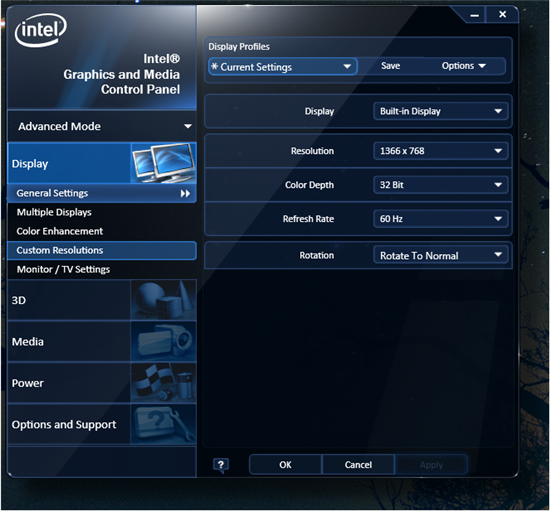1) Can I drive the Pico 2.0 at all from Windows 7? I tried connecting the HDMI through a MiniDisplayPort connector to my laptop, but I can't set my resolution to 640x480, so can't send a signal to the Pico. Should I eventually be able to send a suitable signal, or I just shouldn't be trying from Win7?
2) Where can I find directions on all the components I need to buy to run the Pico 2.0 in the suggested way? Only after I bought it and read the manuals did I realize I need a BeagleBoard? But will any BeagleBoard do, or its a special one? I'm not quite sure, but I think I need a special SD card also? Where do I buy that? Lastly, if the control commands are not run over HDMI, but through the other connector, then where do I get this connector? Are there any other components I need?
3) My understanding is that I can control the Pico2 by issuing bus3-i2c commands from the linux prompt on the BeagleBoard. I believe the BeagleBoard should connect via RS232 to my Win7 machine and I see the prompt in a terminal console app? Is there a recommended RS232 to USB dongle for this connection? Do the i2c commands run over the HDMI or over some other cable? I had someone tell me that I must use another cable, but I can find no information about what that cable might be.
In short, I got the projector, and I understand all the programming API to set it in structured light mode, but I am still confused on how to actually connect the cables and issue the commands to do so. I'm sure there must be a 'recipe' for getting the basic thing working, and I'm looking for a pointer to that document. I currently have a Win7 machine and a Pico2.0. What do I need to buy and do, to use it?
I bought a Pico 2.0 last week, and today I got an email that its obsolete. Since I haven't gotten it to work yet, I figure I better ask now. =) At the very least I want to be able to use it as a normal projector at 60Hz (although my original goal was high speed structured light).
I've read the User Guide, Structured LIght Guide, and Programmer Guide. I've browsed these forums.


